Sensing

Dongyao Chen
Ph. D. Student in Computer Science and Engineering
I tackle real-world challenges by building practical systems and solutions.
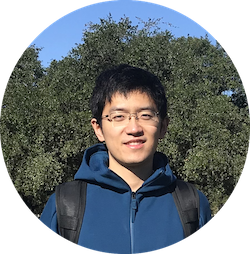 Email: chendy [at] umich [dot] edu
Email: chendy [at] umich [dot] edu
Address: Bob and Betty Beyster Building, Room 4956, 2260 Hayward, Ann Arbor, MI 48109, USA
Links: Github / Google Scholar / LinkedIn
I am a Ph.D. student in the Department of Computer Science and Engineering at the University of Michigan, Ann Arbor. My advisor is Prof. Kang G. Shin of the Real-Time Computing Lab (RTCL). I received my M.S. from the Department of Electrical Engineering at the University of Michigan in 2015. Before I came to Michigan, I earned my B.E. degree from Shanghai Jiao Tong University in 2013.
Curriculum vitae Research Statement Teaching Statement
My research works focus on exploring the frontier of Human-Mobility Interaction (HMI) — a category of accessible and reliable computing technologies for facilitating safer and more efficient transportation. HMI is essential for facilitating millions of mobility/transportation stakeholders (e.g., drivers, pedestrians, and policymakers) for the rapid-evolving transportation revolution.
As illustrated in the above figure, my works investigated ubiquitous sensing, vehicular system, and wireless communication. These three elements are cornerstones for designing seamless HMI systems that can tackle real-world challenges on our roads.
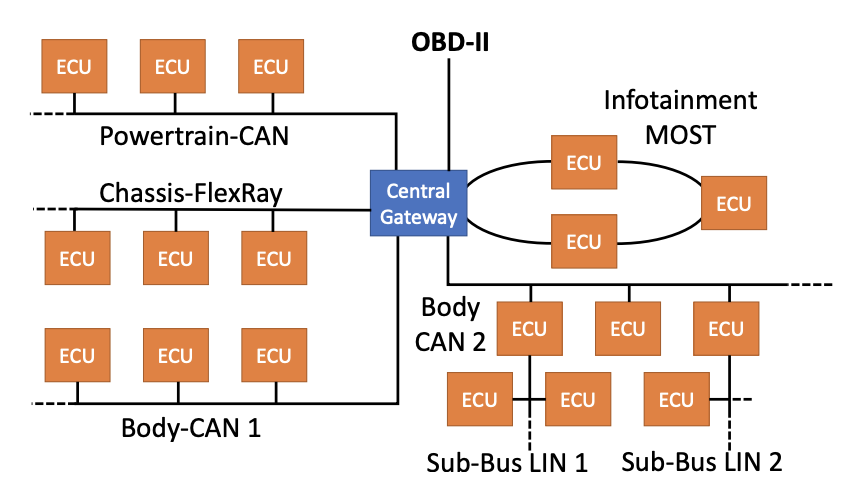
CCS, 2019
LibreCAN can be used for automated translation of in-vehicle data, thus making the data flow in cars "transparent" to developers. In the future, we may be able to build apps on cars as easy as developing apps on smartphones!
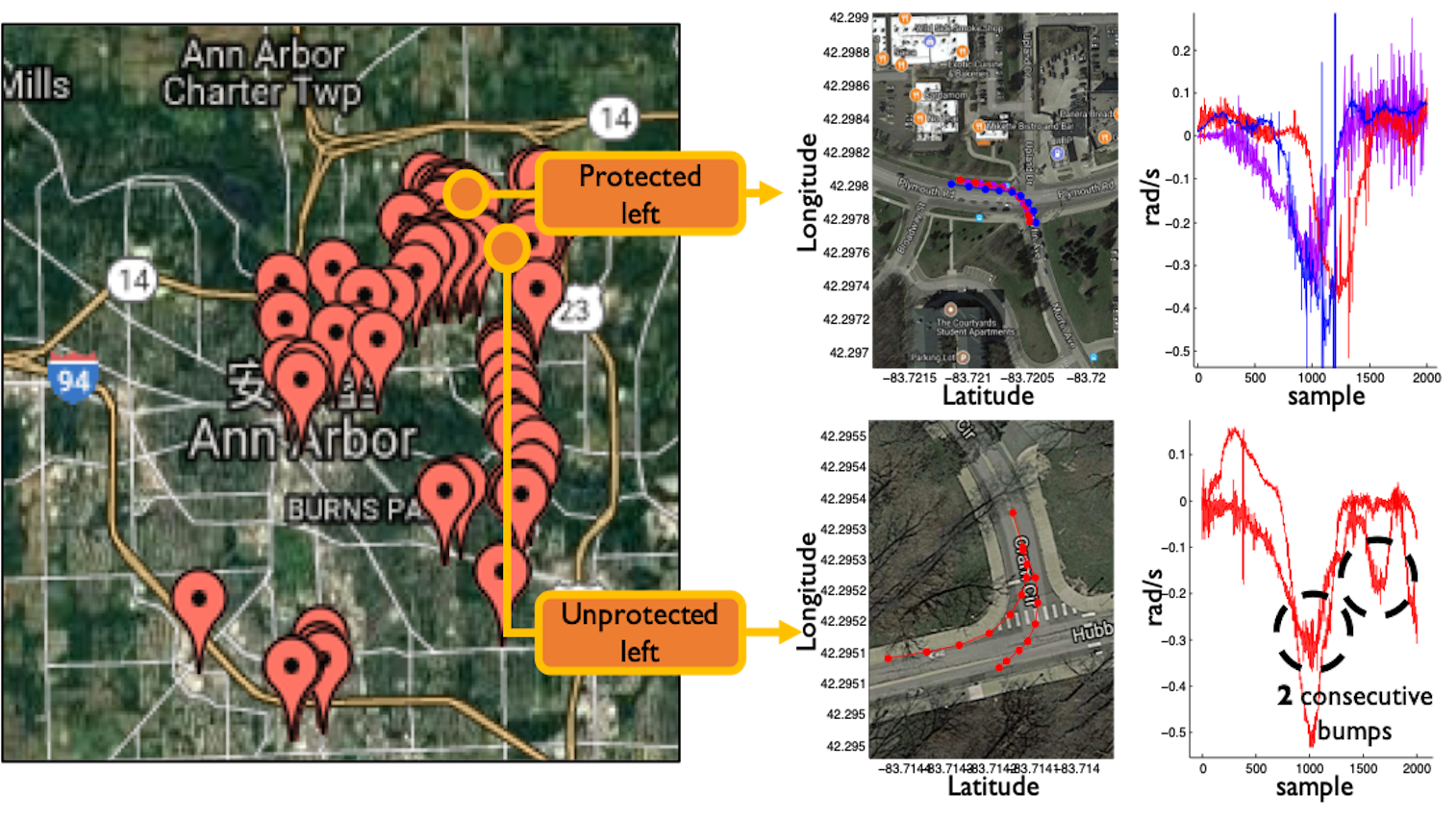
Ubicomp, 2019
Left turn (right turn in right-hand drive countries) is risky and always a headache for drivers due to its safety concern and feul consumption. In fact, UPS delivery trucks never turn left! This information is unfortunately unavailable to the public (even in developed regions) due to the high overhead for gathering the data. This work presents TurnsMap, an IoT + AI framework for automatically detecting if a left turn is safe, e.g., whether it has protection for left-turning cars. Democratizing this information can help assure traffic safety for various transportation applications, e.g., navigation and ride-sharing apps.
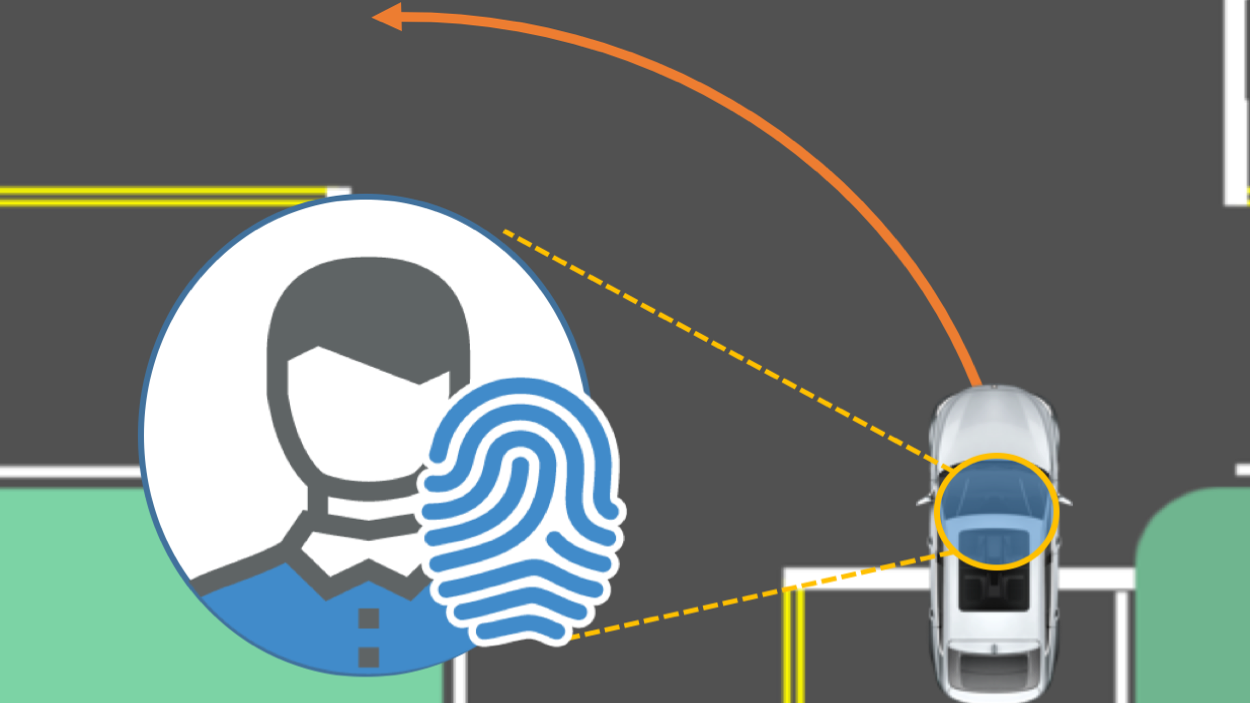
Preprint, ArXiv No. 1710.04578
This work presents Dri-Fi, a solution that enables automotive apps to identify the person behind-the-wheel by only using mobile sensors. The capability of identifying driver is essential for personalized service/assistance for the driver and his/her designated parties, thus can benefit various automotive apps -- for example, usage-based auto insurance, Apple Carplay and Android Car that connect smartphones with the car’s infotainment system, and car-hailing services (e.g., Uber and Lyft).
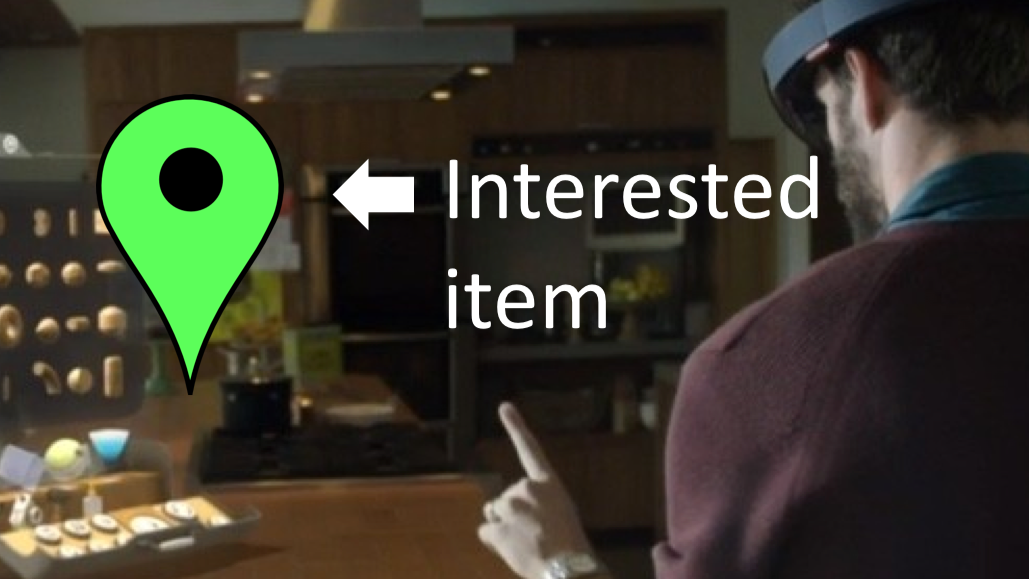
CoNEXT 2017
LocBLE is able to locate specific location of any surrounding Bluetooth low energy (BLE) beacons by justing using your smartphone. Comparing to existing coarse-grained BLE ranging applications, LocBLE is capable of enabling various use cases in Internet-of-Things. This is a collaborative work with Hewlett Packard Labs during my internship.
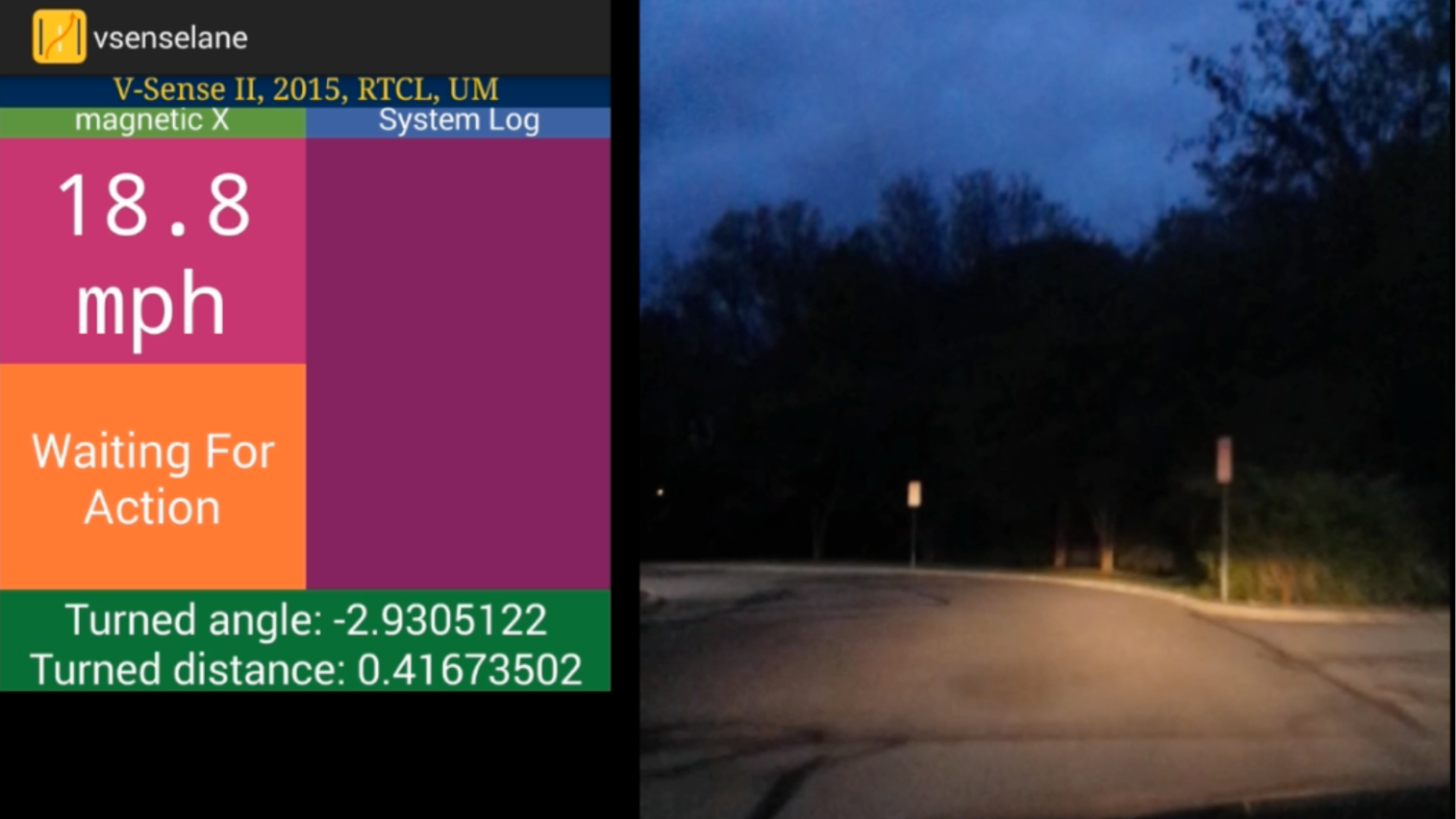
MobiSys 2015
Detecting how a vehicle is steered and then alarming drivers in real time is of utmost importance to the vehicle and the driver’s safety, since fatal accidents are often caused by dangerous steering. Existing solutions for detecting dangerous maneuvers are implemented either in only high-end vehicles or on smartphones as mobile applications. However, most of them rely on the use of cameras, the performance of which is seriously constrained by their high visibility requirement. Moreover, such an over/sole-reliance on the use of cameras can be a distraction to the driver. This work introduced a vehicle steering detection middleware called V-Sense which can run on commodity smartphones without additional sensors or infrastructure support.
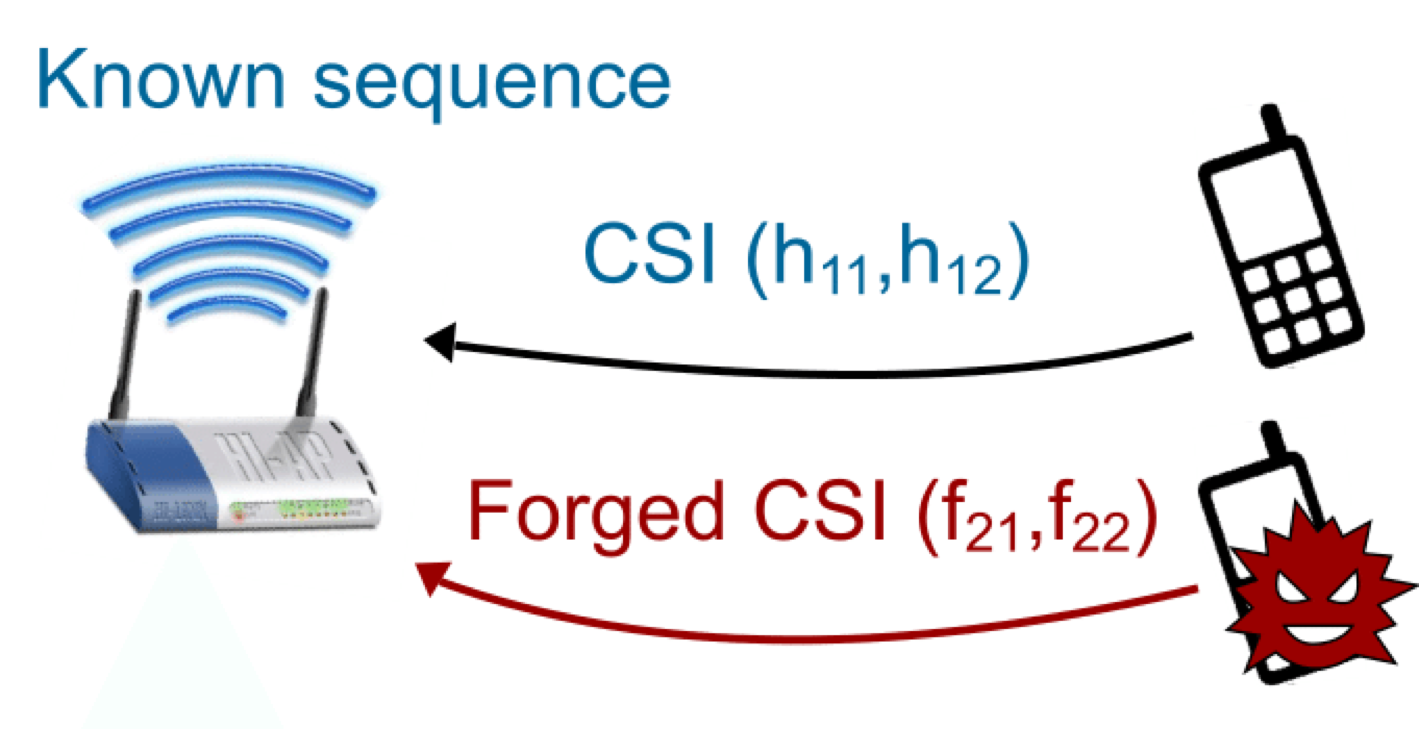
CCS 2014
This work investigated vulnerability in MU-MIMO. Focus on plaintext feedback of estimated channel state information (CSI) from clients to the APs. We have found a malicious user could use sniff attack power attack by utilizing the vulnerability in existing CSI feed scheme. We proposed CSISec, a simple but effective patch to existing CSI feedback scheme and avoid the vulnerability.